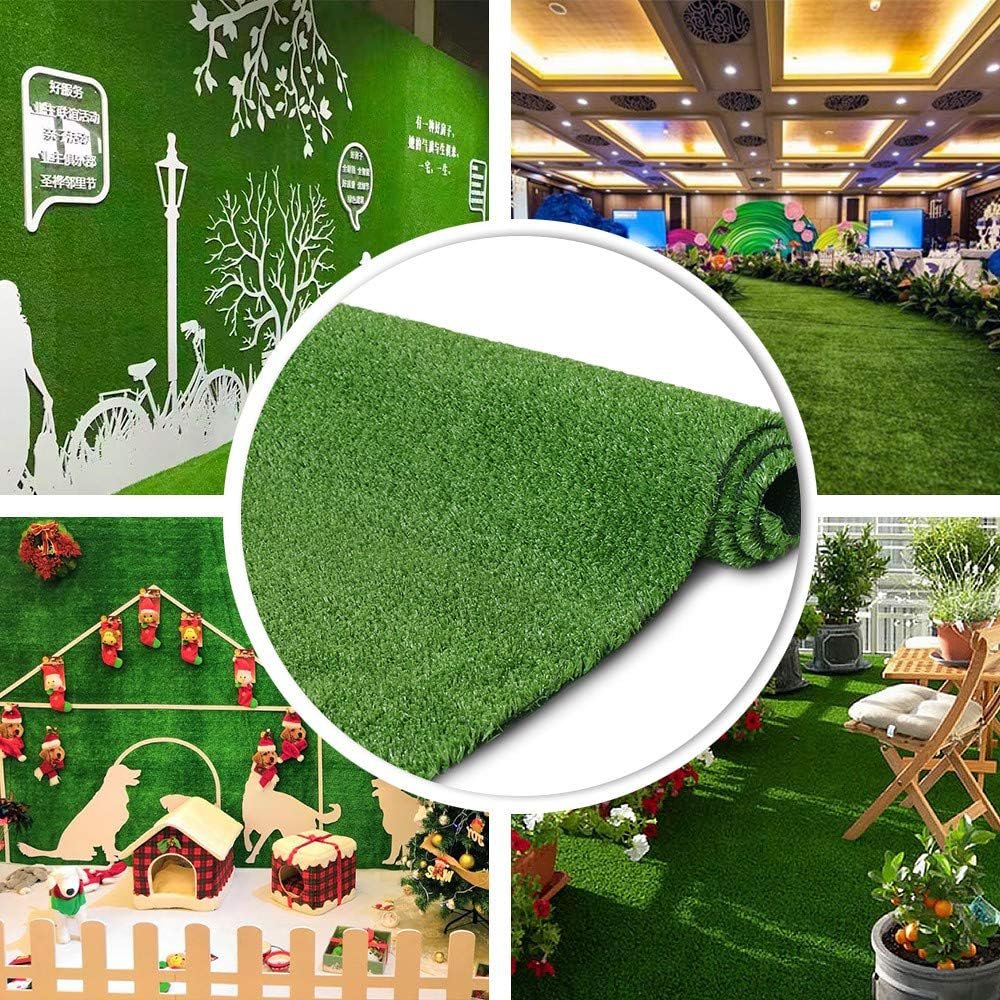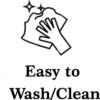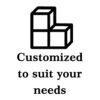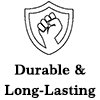Artificial grass, also known as Synthetic Grass or Turf, is a man-made material designed to look and feel like natural grass. It is typically made from a blend of plastic and rubber materials, and its strands are often tufted into a woven backing. It is used in residential and commercial landscaping applications, as well as in sports fields and playgrounds.
One of the advantages of artificial grass is its low maintenance requirements compared to natural grass, as it doesn’t require mowing, watering, or fertilization. It can also be more durable and long-lasting than natural grass, as it is not susceptible to pests, disease, or weather damage. Additionally, It is often made from recycled materials and can be recycled at the end of its life, making it an eco-friendly option.
However, it can be expensive to install and may not be suitable for all climates or environments. It can also get hot in direct sunlight and may not provide the same sensory experience as natural grass for some people.
Here are some key features and uses of artificial grass:
It is designed to look like real grass, with various blade shapes, colors, and textures to create a natural appearance.
One of the primary advantages of grass is that it requires minimal maintenance compared to natural grass. It doesn’t need mowing, watering, or fertilizing. However, periodic cleaning and brushing may be necessary to keep it looking its best.
Synthetic grass is designed to withstand heavy use and adverse weather conditions. It is often used in high-traffic areas like sports fields and playgrounds.
Since it doesn’t require watering, it helps conserve water resources, making it an eco-friendly option, especially in regions with water scarcity.
It can be used in various applications, including residential lawns, commercial landscapes, sports fields, golf courses, rooftop gardens, and more.
It is an excellent option for individuals with grass allergies because it doesn’t produce pollen.
While the initial installation cost of this grass can be higher than natural grass, it often pays for itself over time due to reduced maintenance and water savings.
Some installations include infill materials, such as rubber or sand, to provide cushioning and stability. This is common in sports fields and playgrounds.
It’s essential to choose the right type of artificial grass for your specific application and climate, as different varieties are designed for different purposes and may have different maintenance requirements. Installation should be done by professionals to ensure a proper, long-lasting result. Additionally, artificial grass has improved significantly in recent years in terms of aesthetics and performance, making it a popular choice for many landscaping and recreational projects.









Copyright © 2023 | Jai Ambe Furnishing | Designed & Developed By Ekta Creations.